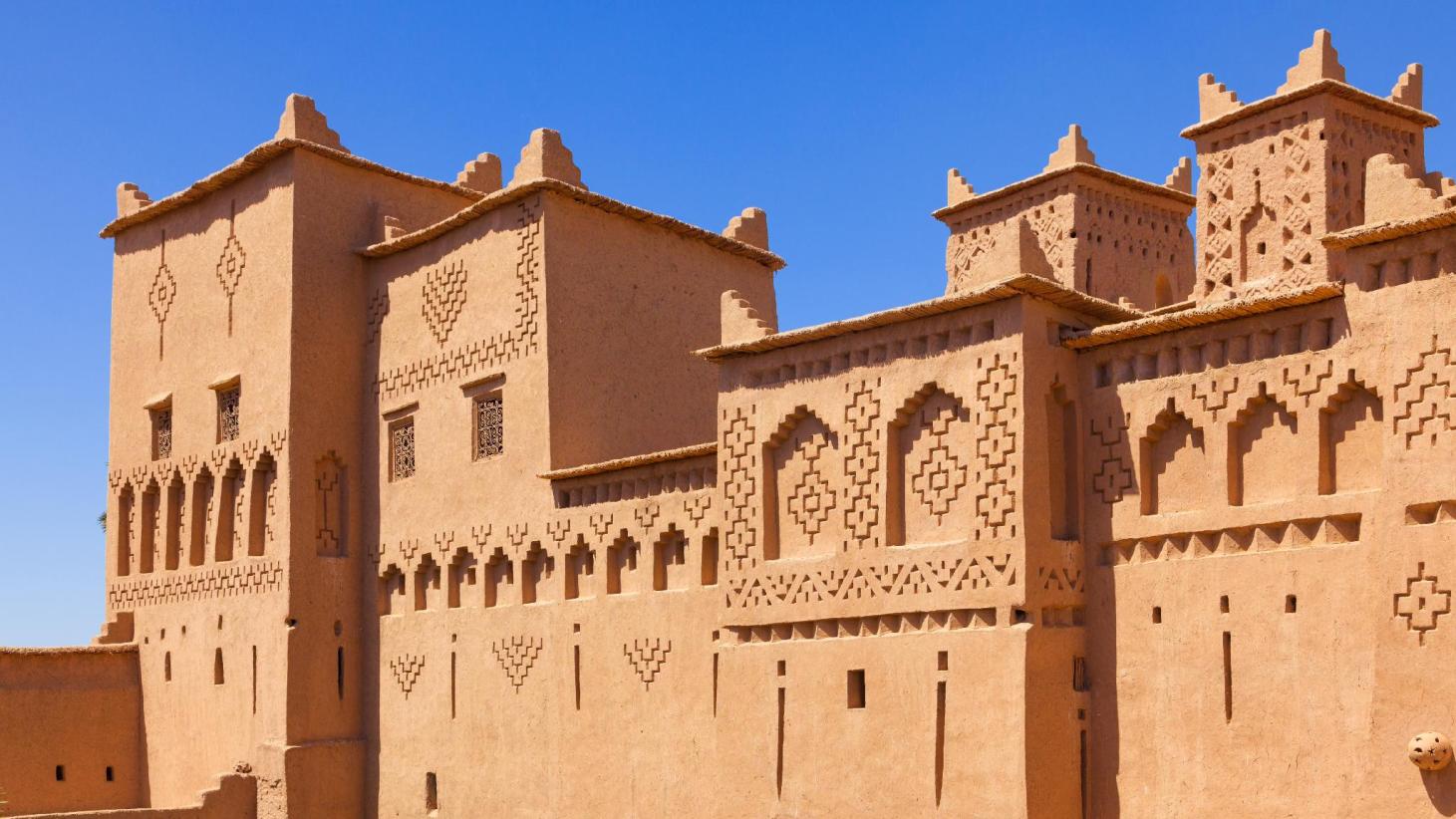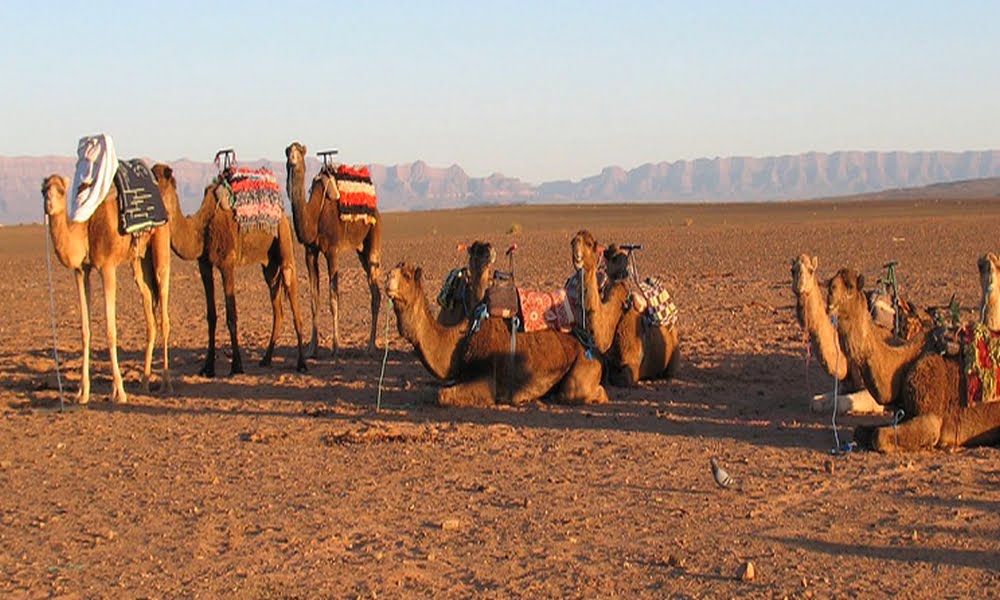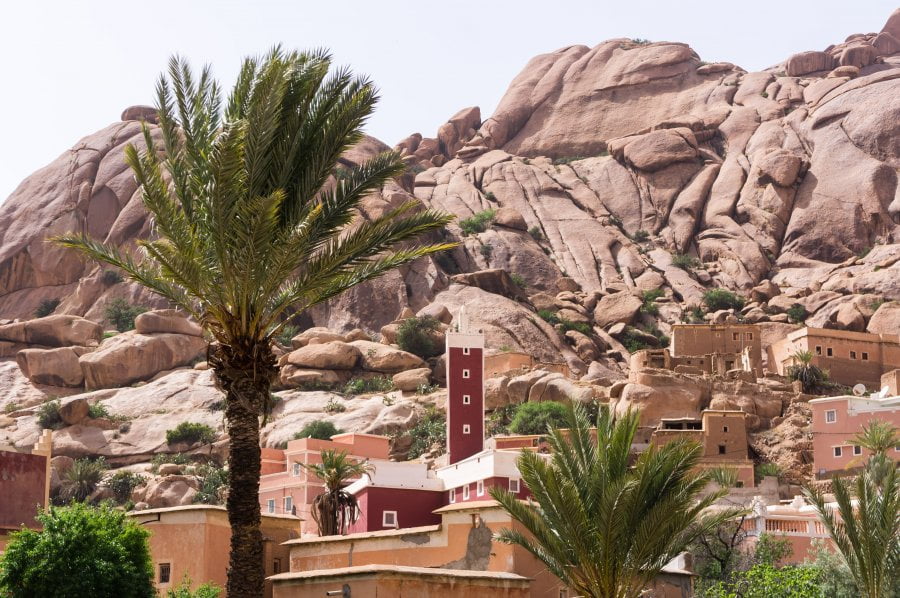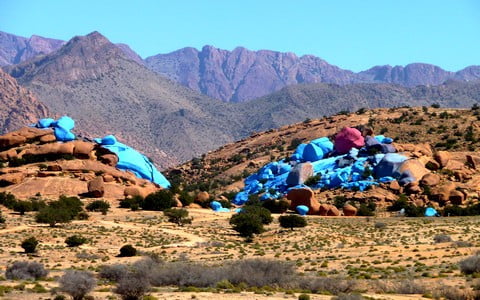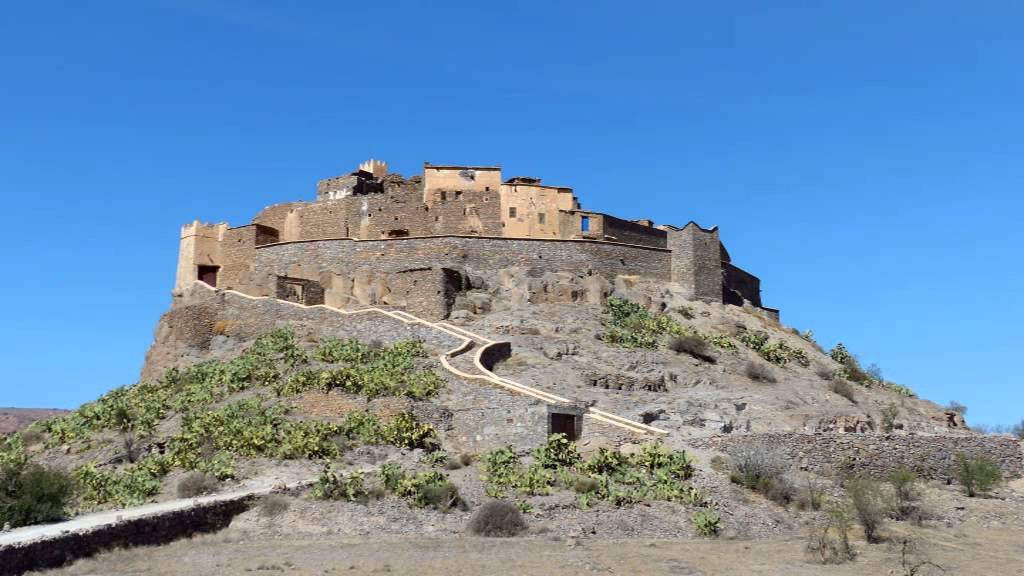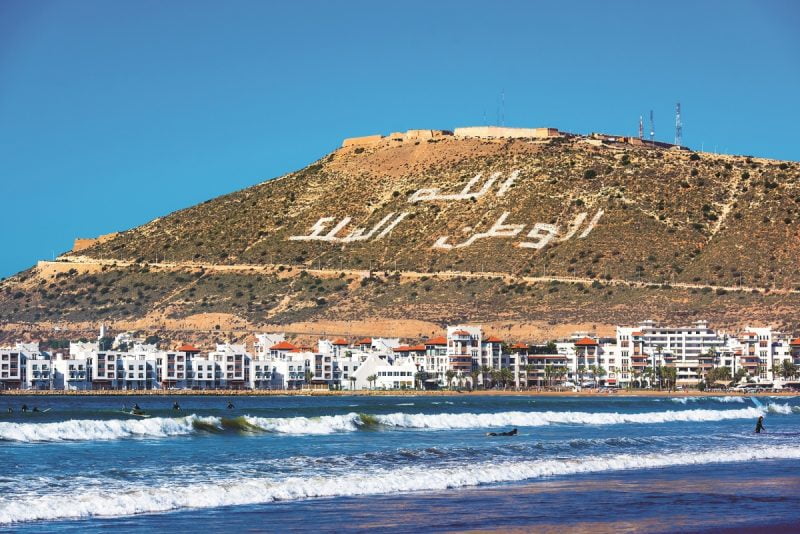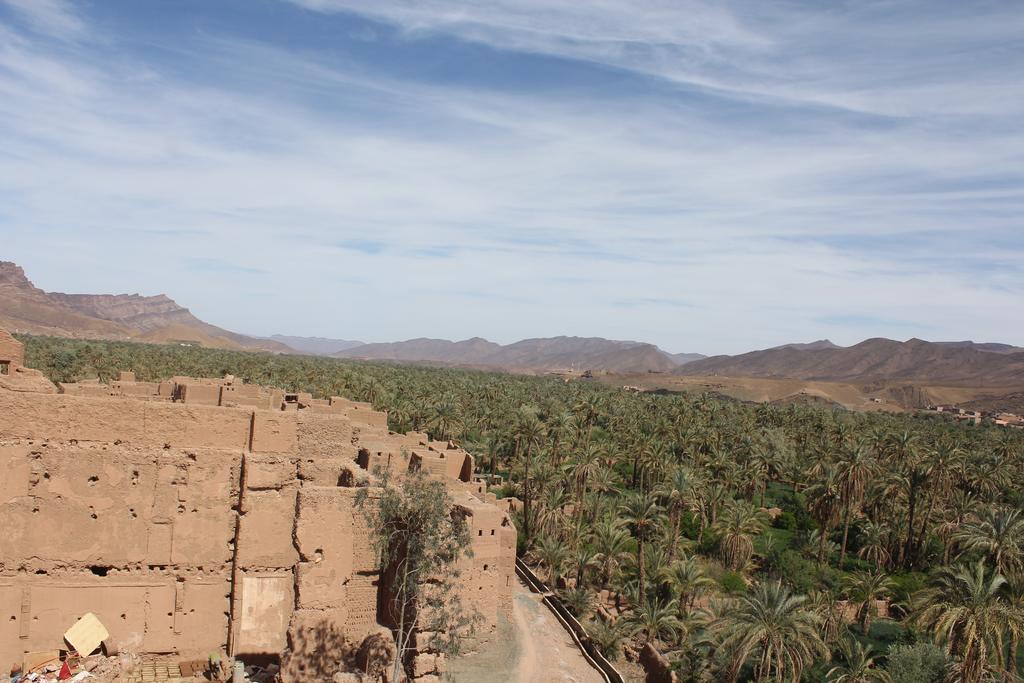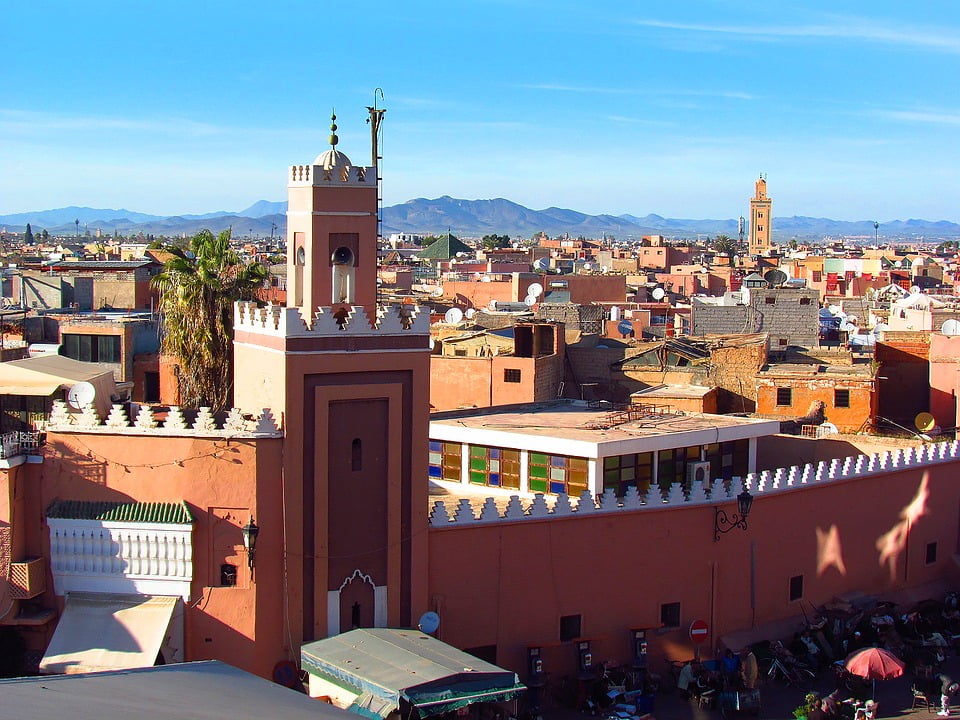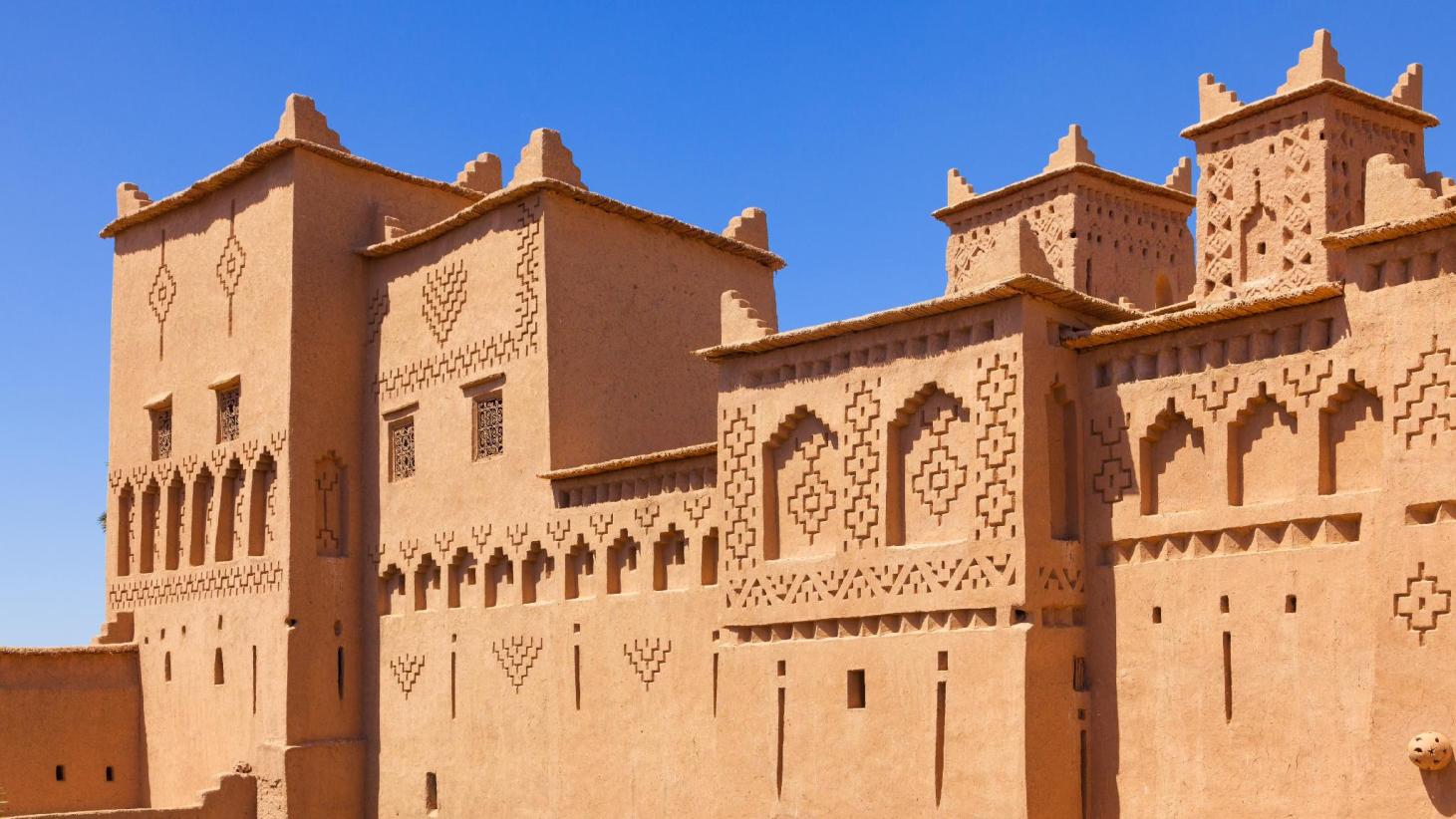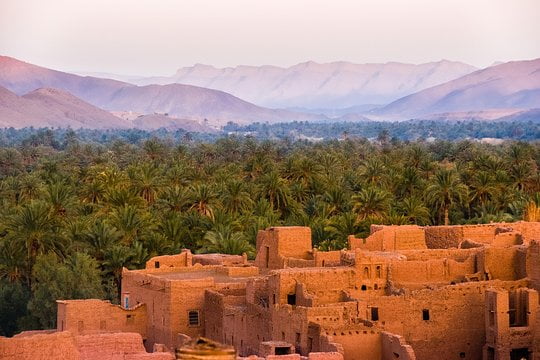4×4 Tour Atlas And Desert Of Morocco
The Magic of the Morrocan desert is in their hidden places known only by the locals.The port to spectacular views of the Atlas Mountains discovers an Eight days circuit to explore this magical peace of heaven, the warm hospitality of the people and the variety of the food takes your breath away, the ancient architecture transport you to another world of purity and mystic.
Please Join us in our beautiful country and make it your own Marrakech first excursion experience.
A real favorite in the south of Morocco, in yellow and orange-red and red colors, plays a festival of harmony with one of the most beautiful adobe architecture, drowned in the luxuriant vegetation of extraordinary mountain gardens. This trip is one of our most incredible towers in the southern foothills of the Atlas Mountains, as well as a great view of the Sahara, a discovery of the Sahara. culture preserved from Berber peasants, nomads, and a remarkable bala
Pick up at the airport and transfer to the accommodations to rest a little. In the afternoon, we begin our visit to the monumental visit of the city: we will see the minaret of the Koutoubia (S: XIII) sister of the Giralda in Seville in Spain, the splendid harmony is now the lighthouse and The spiritual center of Marrakech and its beautiful icon Known all over the world, and go to the superb Saadian tombs, dating from the sixteenth century they shelter the tombs of the Saadian Kings. In the 18th century, Sultan Alawite Moulay Ismail made the entrance to the necropolis to destroy all traces of the Saadians and these tombs were only rediscovered in 1917. Then visit the Bahia Palace (S: XVI) Via The ancient Jewish quarter – the mullah – and its quiet little streets, you reach the palace of Bahia. Built-in 1880 by Ba Ahmed, the vizier, minister and assumed the regency of the leaders Moulay Hassan and Abdelaziz, this rich residence has no less than 166 rooms! In fact, construction is not exactly the exact term, Ba Ahmed bought little by little various houses that he assembled and arranged. In the end, an area of 8 hectares, including 3 of a garden to give a very beautiful example of an imaginary place of the aristocratic life of the Muslims in the Middle Ages, and which highlights its hall of ambassadors with its roof in Cedar. Then we go to the Djemaa el Fna Plaza declared: the World Heritage Site, and visit Souks of Marrakech with its streets labyrinthine and their different guilds. And back to accommodation in Marrakech.
After breakfast at the accommodation and from Marrakech, crossing the High Atlas by the Tizi to Tichka (2,260 m elevation), we will pass fascinating villages until reaching the Kasbah of Taourirt in Ouarzazate which is the ” One of the most beautiful architectural constructions of the city. This Kasbah was founded in the 17th century before being reworked by the Glaoui tribe in 1882, the Lords of the Atlas. After that, we will take the road to reach Skoura which is an important palm grove of 25 km2, located 40 km from Ouarzazate. It is one of the few palms in the country still inhabited and cultivated, then drive 100 km from Sakora to the fragrant rose valley just north of El Kelaa Mgouna. You will find miles of roses, small pyroclasts cultivated in hedges dividing plots of land. In spring, you can buy a garland of perfumed roses from one of the Berber children who line the road. Then we can reach the Dades Gorge lies along the dry but colorful Dades Valley, about 2 hours (140 km) northeast of Ouarzazate, and crosses to the north in the High Atlas. The river Dades crosses a valley that makes a miraculous and sinuous path of fruit, nuts, wheat, silver birch and almond trees tremble, in an extraordinary set of spectacular rock formations. We stay for the night.
Departure from Dades Gorge, after breakfast, continue on national road N 10 towards thinghir to see the gorges of Todgha which offer to the tourists and travelers numerous possibilities of walk, hike and to see this magic mixture of nature Of more than 100m of height, after we take the road of the return tinghir which makes the junction between High Atlas and Anti-Atlas. Its magnificent palm groves and oases line the bottom of the valleys. It’s majestic gorges are as many points of passage and encounter for the mountain populations and those of the desert. Dotted with verdant crops and palm groves, we go to Zagoura by road R113 which passes through villages like alnif, tazarine which is on the edge of the Jebel Sagho, bordering the Draa Valley on the N12 national road passing through the village taghbalt To Zagoura and change the way to Tamegroute which is the ultimate agglomeration of the province of Zagora: a beautiful city of a thousand inhabitants, houses clay intertwined in one another at the edge of a palm plantation, One of the last in the Draa Valley. But nothing could distinguish Tamegroute from hundreds of ksour (fortified villages), scattered in the great south, if there was no zawiya, a holy place sheltering a religious brotherhood: only twenty of these sites still exist in Morocco. Tamegroute, founded in the 17th century, is the headquarters of the important brotherhood Naciri, the city surrounded by lush oases. The Valley knows its hour of glory under the Sadians (1554-1659) with the apogee of the trans-Saharan trade. It is populated by Arabs, Berbers, and descendants of slaves. Today, the Zawiya is still headed by a descendant of the founder, Imam Sidi Mohammed Ben Nacer. The scholar was a theologian, a famous scholar, a physician, passionate about the diseases of the soul and mental problems. He had the ambition to contribute to the cultivation of shepherds and farmers of the Draa. He made six pilgrimages to Mecca. Each journey is transformed into a journey of several years: the scholar travels through Ethiopia, Arabia, Egypt, Iraq, Syria, Persia and arrives at the confines of the Indies. He produces countless books written on the Islamic world and decides to create a Koranic university: it will receive more than 1,500 students who have come from all over the East. When it disappeared, in the year 1085 of the Hegira (1707 of the Christian era), the library of Tamegroute, with its 4,000 books, is one of the richest of North Africa .. And then go to the pottery workshops, then drive to the village of tagounit which means in Berber, “hill”. Tagounit was known in the “head years” as a secret detention center. in our road on the summit of Tizi Beni Selmane, there were many ancient burials, probably pre-Islamic (Trécolle, 1954), afterward, we go to ERG Lihoudi (the dunes of Jew) which is located 9 Km from Mhamid. It is a cup of sand in a small hammada. to sleep there and prepare for the next day of the real desert.
Possibility to attend the beautiful sun rise in the early morning and departure after breakfast from Erg Lihoudi before taking the direction of M’Hamid El Ghizlane, we walk about an hour in the real desert to join our cars 4X4 and take the road of M’Hamid El Ghizlane. so be in M’hamid known by their International Festival of Nomads each year ,we buy our food there for the bivouac after going to visit the Sacred Oasis before Erg Chegaga, lunch on site, then hunting the big dunes of Erg Chegaga in 4X4 to have time to climb and admire the sunset on the waves of the golden dunes. Dinner and overnight at the Erg Chegaga in a bivouac.
We Wake up right on time to see the sunrise over the dunes. After having breakfast, we will leave to Foum Zguit going by the nomads who live in tents, going by the dry lake of iriqui located in the Iriqui National Park, the largest park in Morocco, established in 1994 to protect biodiversity, flora and fauna in 123,000 hectares of southeastern Morocco and in particular to preserve the temporary wetlands of Iriqui Lake , in the heart of the desert. Wetlands attract migratory birds (eg geese, flamingos). It lies between the outer part of the Anti-Atlas Mountains (west) and the Draa River Valley (to the east). As a result, the large dunes of Erg Chigaga are merely a small part of the park (despite the longest erg in Morocco about 40 km in length). Apart from a few families living in the park (most of them settling near the Jebel Bani mountain walls), the entire population of the region is nomadic, practicing transhumance along the Figuig – Tan Tan circuit. The area of the lake offers the best grazing site for their breeding (goat, donkey, dromedary). The vegetation of the region is characterized by an arid savanna with acacias and, among the dunes, tamarisks. The park is home to one of the largest acacia forests in North Africa. The national park’s wildlife includes the Dorcas gazelle, the fennec fox, and the endangered Houbara bustard, hunted for sport, among a variety of other bird and reptile species.we continue our circuit in the 4 × 4, passing this vast dried-up lake Iriki (where there were crocodiles!) Before joining the road sealed a few hours to Foum Zguid. This road is part of the original itinerary of the Paris-Dakar Rally and marvels at the incredible scenery of the rocky desert that reminds us of this in the United States. and a desert full of acacias. (Picnic in an oasis). after resting a bit, We will proceed with our road to ait benhadou via foum zguid,foum loud ,Taznakhte,anzal.
In the morning, we start our tour in The Ksar of Aït-Ben-Haddou UNESCO World Heritage site that It is a fortress of sand built in the middle of a field filled with almond trees. The palace covers an area of 1300 square meters and overlooks the valley of Onilla, where is a small river known as the ouad lmaleh (salt river). The palace was built in the 18th century in the village of Ait Ben Haddou, and its name was taken, but some archaeologists confirm that it was built for the first time in the Almoravids in the 11th century. On the other hand, a number of films as (Gladiator),(Lawrence of Arabia),(Babel) and documentaries are filmed in his palace and surroundings, the ksar is a striking example of the architecture of southern Morocco. it is an essentially collective group of a housing. Inside the defensive walls reinforced by corner towers and pierced by a door of chicane, houses cluster – some modest, others resemble small urban castles with their high towers and decorated upper sections of clay brick patterns – but there are also community buildings and areas. It is an extraordinary set of buildings that offer a complete panorama of pre-Saharan land-building techniques. The oldest constructions do not appear to be prior to the 17th century, although their structure and technique were propagated from a very early period in the valleys of southern Morocco. The site was also one of the many trading posts on the commercial road linking the former Sudan to Marrakech through the Dra valley and the Tizi-n’Telouet pass.Architecturally, the residential quarters form a compact, closed and suspended group. The community areas of the ksar include a mosque, a public square, cereal threshing areas outside the ramparts, a fortification and a loft at the top of the village, a caravanserai, two cemeteries (Muslims and Jews) and the Shrine of the Saint Sidi Ali or Amer. after that we will take the road through the valley of the Ounila), not to miss this magic nature. The hills like the art of sandy colored glass and the villages that blend with the mountains, each with a unique white minaret on the red earth. Turning roads, a little white, but so adorable.in Tamdakht until reaching Kasbah Telouet, located in the heart of the country of Glaoua, on the south side of the High Atlas, at a height of 1870 m, is dominated by an ancient Kasbah which was formerly the residence of the chief of the tribe of Glaoui. Telouet lies in a high valley where the wadi Imarene pours. the most beautiful. On the one hand, it is to whom it is higher up in the mountains, and as it is in much of the rain, it is also built with more stone, not just mud. But the major distinction is that its interior is embellished Zelij (mosaic), plaster, carved wood, fabric panels, wrought iron. Magnificent. and we will admire the time at all after we will be confronted with the national road N9 until Touama a village that we will leave has crossed another road to Sidi Rahal and that will make us change the land to reach Ouzoud waterfalls.
In the morning after having breakfast, we will see the waterfalls of Ouzoud. The falls themselves are incredible. Not the volume of a Niagra, but the height is exceptional. There was a lively scene at the bottom with teenagers and families swimming in the lower pools and jumping and diving the sides. Lunch dominated the falls with a beautiful view. At the top, we can meet the monkeys, there are many people willing to sell treats for them if we want a close encounter. This makes Ouzoud like a paradise in the Atlas mountains, because the cascades of the Berber mills are about 110 m high, on three levels, on oued ouzoud, at 1060 m altitude in the middle of the Atlas. one of the highest and most beautiful, often dominated by a rainbow, is located in a verdant green valley of red sandstone, planted with olive, almond, fig and other carob trees, or dozens of small traditional oil mills are still in operation.
After ending the morning visit we will go to ourika valley by the same road through sidi rahal aitourir ,Intel ourika that Located in the heart of the Atlas mountains, the Ourika valley is considered as one of the most beautiful valleys of the Kingdom thanks to its contrasting landscapes, waterfalls and green spaces. aromatic and a traditional Berber house. The guided hike will start with a pretty footbridge that will take you to the Berber villages for tea and a more pleasant landscape. Ourika is a dream place for those who appreciate the typical mountain lifestyle. After we went to our hotel for a bit of rest and have dinner after we go to see the sti-fatma waterfall, we can stop when we want to visit the shops or places we want, the waterfalls are pretty small, you can swim, but the water is very cold after we return to the hotel to prepare for the return
this morning is special we have reached the end of our eight days we can package our souvenir and love story of all spaces and places every moment we take the road to marrakech its so near and Pick-up and transfer to the airport. End of services….

